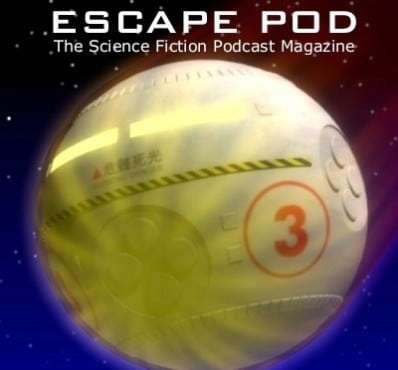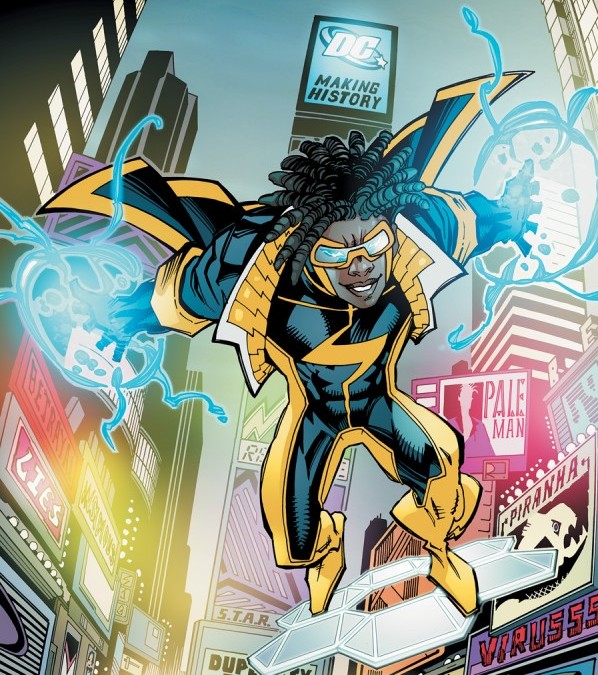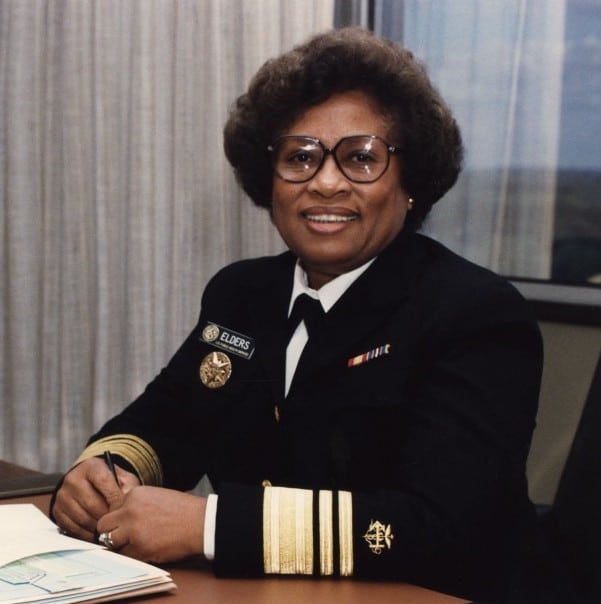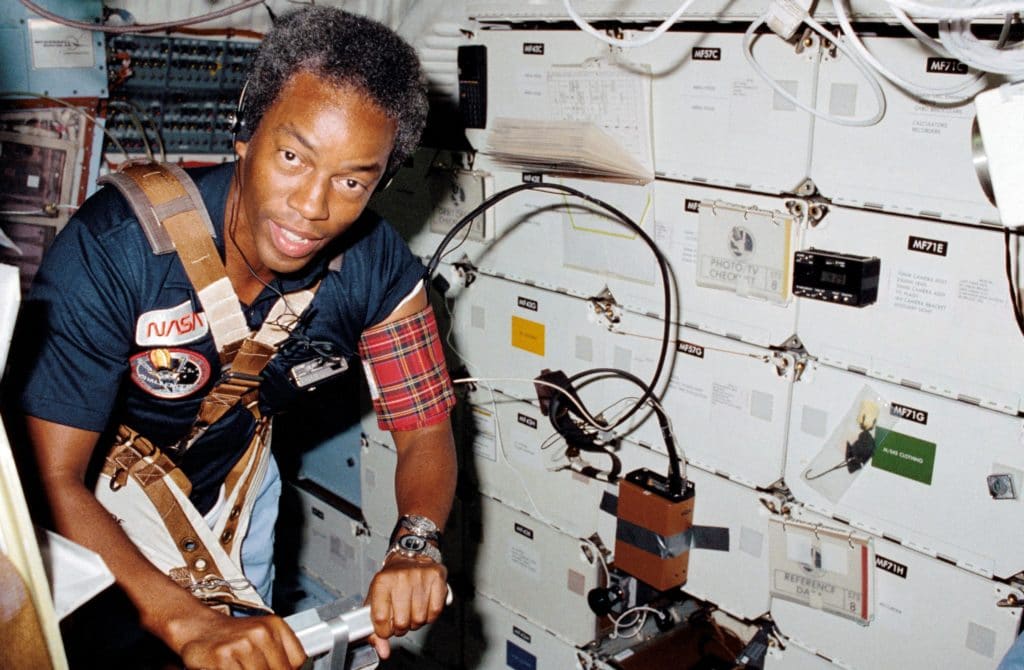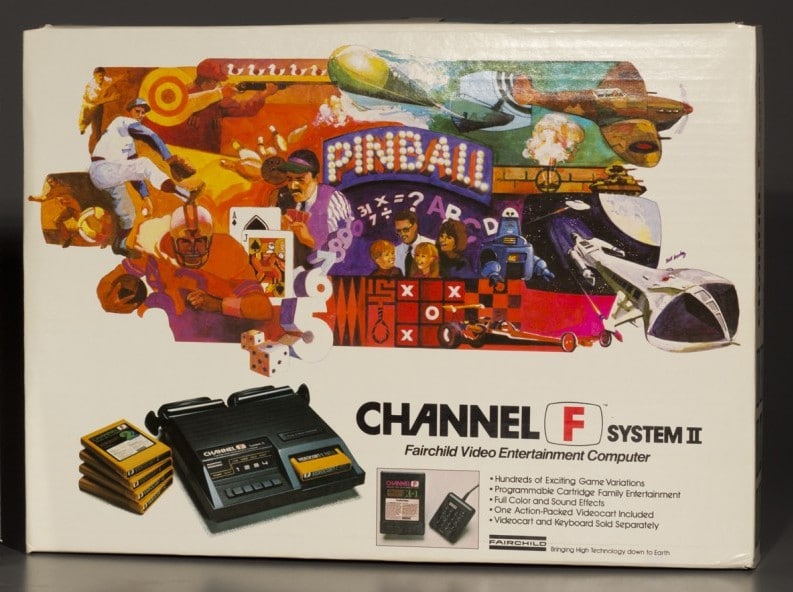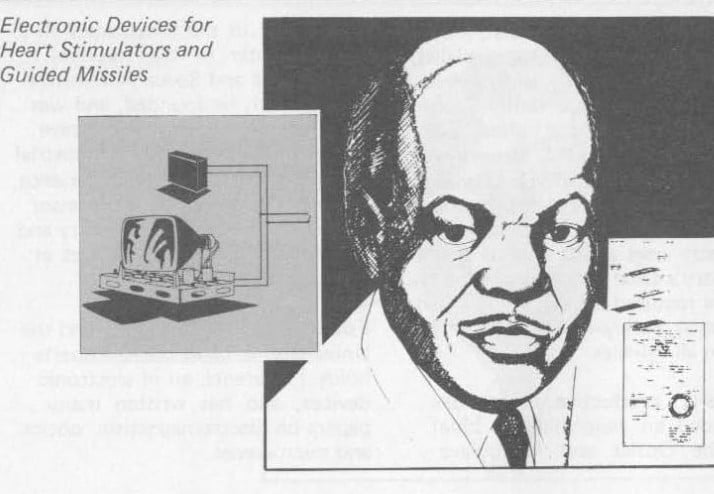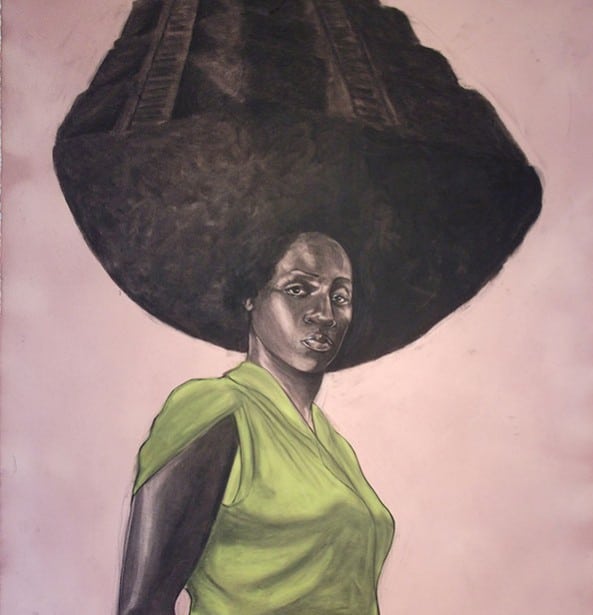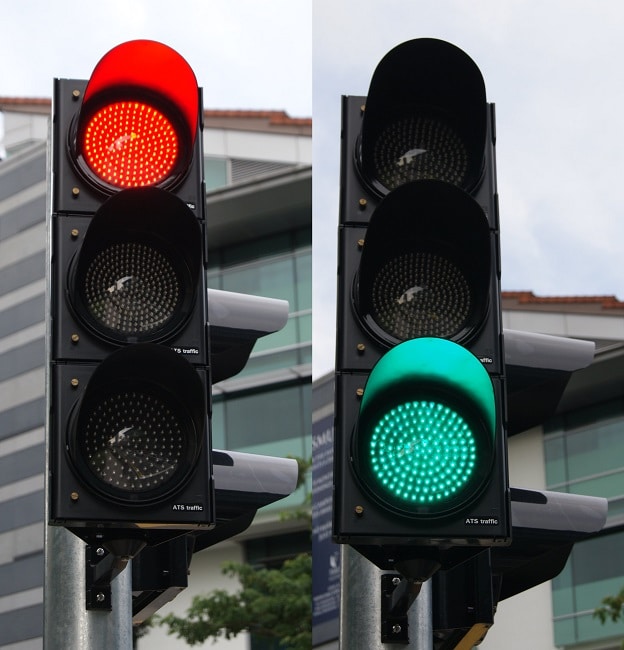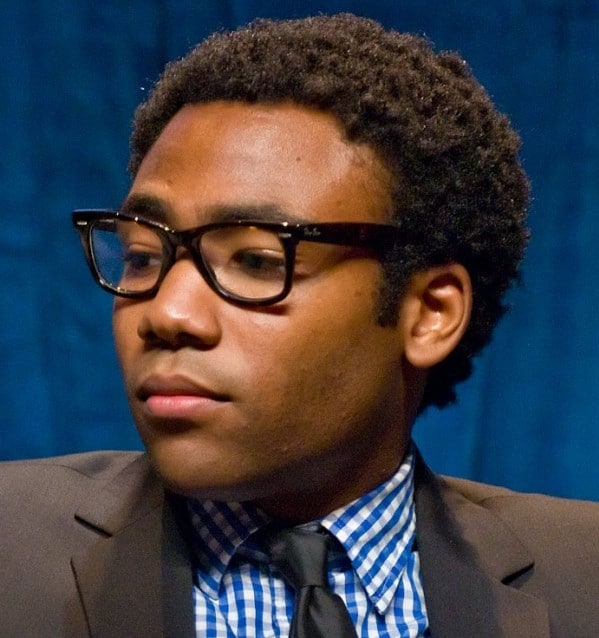- Stories for Chip: A Tribute to Samuel R. Delany will honor science fiction’s living legend, the author of over 20 novels, approximately as many short stories, five notable memoirs and counting, and 10 essential books of genre criticism. What we’re looking for: We want stories and critical essays that relate in some way to the strength and beauty of Samuel R. Delany’s body of work. This relationship can be made evident through allusions to the author himself; through allusions to his work’s titles, characters, situations, settings, etc.; through evoking a Delanyesque atmosphere; or through analysis of any of these elements, in the case of nonfiction. We’re hoping for essays that elucidate his important, lasting contributions to literature; and for fiction inspired by these contributions.
Wordcount limits: 1,000 to 10,000 for prose
Pay: minimum .05/word up to $400 total per story/essay for original prose; minimum .02/word up to $160 total per story/essay for reprint prose.
Deadline: Dec. 1, 2014
More info: http://rosariumpublishing.com/storiesforchip.html
- The Afrofuturist Affair 4th Annual Charity & Costume Ball has expanded space-time from one evening to a monthlong celebration of Afrofuturism. In addition to the 4th Annual Costume Ball on Saturday, Nov. 8, 2014, in Philadelphia, we will have events throughout November, including workshops, dance party, readings, book club, film screenings, art exhibit and more. We are seeking self-identified Afrofuturists to perform or display their Black sci-fi, spec-fic, and Afrofuturistic themed work at the Ball. We are also seeking submissions for workshops and presentations.
Submission guidelines: To share your ideas, talents, and proposed performances for inclusion in this year’s celebrations, please email [email protected] with Name, contact info, title and description of proposed performance/art/workshop, and website, and “Charity Ball” in the subject line.
Deadline: Sunday, Oct. 5, 2014
More info: http://www.afrofuturistaffair.com/#!events/cee5
- TU BOOKS, the fantasy, science fiction and mystery imprint of LEE & LOW BOOKS, award-winning publisher of children’s books, is pleased to announce the second annual NEW VISIONS AWARD. The NEW VISIONS AWARD will be given for a middle grade or young adult fantasy, science fiction or mystery novel by a writer of color. The award winner receives a cash prize of $1,000 and our standard publication contract, including our basic advance and royalties for a first-time author. An Honor Award winner will receive a cash prize of $500.
Submissions guidelines: The contest is open to writers of color who are residents of the United States and who have not previously had a middle grade or young adult novel published. Only unagented manuscripts will be accepted. Work that has been published in its entirety in any format (including online and self-publishing as well as other countries) is not eligible. Manuscripts should address the needs of children of color by providing stories with which they can identify and relate, and which promote a greater understanding of one another. Submissions may be fantasy, science fiction, or mystery for children ages 12 to 18. Realistic stories without a mystery or speculative component will not be considered.
Deadline: Oct. 31, 2014
More info: https://www.leeandlow.com/writers-illustrators/new-visions-award
- Literary Orphans Journal, a Chicago-based online literary magazine, is a collaborative writing and arts platform, designed to present original literary work of quality, illuminated by cutting-edge photography and visual crafts, while celebrating individualism with a belief that such exposure will instigate a flowering of personal agency, and contribute to new and progressive understandings of social diversity across geographic spaces. Literary Orphans Journal is proud to announce its upcoming “Black Thought” issue. Named after the lead emcee of the Grammy Award-winning group The Roots, the “Black Thought” issue aims to capture the fluidity of African-American literature, as reflected by its creators. This issue will publish literature from Black people who identify as queer or transgender, or are stout atheists, or who deal daily with mental illness, or who love fantasy and science fiction and comic books, who struggle with their identities within the “Black community.”
Submissions guidelines: Poetry – 3-5 poems per submission; one poem per page. Prose (Fiction and Creative Nonfiction) – All genres are acceptable. 500 – 5,000-word length maximum. Novel excerpts are acceptable. Art and Photography – All mediums are welcome. 300dpi minimum resolution, 1200px longest side. Title, Medium, Year (Skyfall, Oil Painting, 2014) Please include artist statement, if applicable. Simultaneous submissions are acceptable; please notify us immediately if submission is accepted elsewhere.
Deadline: Sept. 30
More info: http://literaryorphans.org/ttl/black-thought-call-submissions/
- Escape Pod is the premier science fiction podcast magazine. Every week we bring you short stories from some of today’s best science fiction stories, in convenient audio format for your computer or MP3 player. Diversity: Escape Pod welcomes submissions from writers of all backgrounds. We are especially interested in seeing more submissions from people of backgrounds that have been historically underrepresented or excluded from traditional publishing, including, but not limited to, women, people of color, LGBTQ or non-binary gender people, persons with disabilities, members of religious minorities, and people from outside the United States. Our goal is to publish science fiction that reflects the diversity of the human race, so we strongly encourage submissions from these or any other underrepresented groups.
Submissions guidelines: We’re primarily interested in short fiction. We want short stories between 2,000 and 6,000 words. The sweet spot’s somewhere between 3,500 and 5,000 words. We pay $.06 a word for new fiction at this length, $.03 a word for reprints. ($100 minimum payment) We do buy flash fiction, on occasion, and pay the same rates. ($20 minimum)
Deadline: Rolling basis
More info: http://escapepod.org/guidelines/
- Midnight Echo is OPEN to submission until Oct. 31. The theme is SINISTER. What does SINISTER mean to you? Is it a character; a shadowy, nightmare figure? Or is it an atmosphere; a foreboding air of doom? Does the word fill you with apprehension, or maybe excitement? Or is the vision in your head something we cannot begin to imagine? Kaaron Warren, our guest editor for Midnight Echo Issue 11, wants to know. She is open to any interpretation of the theme in any style, but she wants to hear original voices. Take a chance. Send us the story you’ve always wanted to write, but were too afraid to tell. There is a lot of freedom in this theme, which makes it both liberating and terrifying. The editor wants to be moved, surprised and impressed – why don’t you take that as a challenge? Sinister. Play with it. Enjoy it. Scare us.
Submissions Guidelines: Fiction, poetry, cover and interior art
Deadline: Oct. 31, 2014
More info: http://midnightechomagazine.com/submission-guidelines/
- 5×5 is an online literary journal that publishes poetry and prose of 500 words or less. We publish 5×5 twice a year (Winter & Summer). From Zeit, meaning “time,” and Geist,” meaning “spirit,” Zeitgeist, the theme for the Winter, 2015 issue of 5×5, means “spirit of the age” or “time-spirit.” We are looking for works of fiction, poetry and nonfiction that explore this concept from any number of angles. Maybe you want to take a stab at “defining” the zeitgeist of the present era or of a past era, or maybe you want to examine an idea or a figure of the present or past you see as representative or symbolic of the notion of zeitgeist, or maybe you’ve cultivated a voice or technique that in and of itself evokes “the spirit of the time,” whether past or present.
Submissions guidelines: Poetry, nonfiction, fiction
Deadline: Oct. 15, 2014
More info: http://5x5litmag.wordpress.com/
- BLACKBERRY: magazine is an online literary magazine featuring Black women writers and artists. Its goal is to expose readers to the diversity of the Black woman’s experience and strengthen the Black female voice in both the mainstream and independent markets. We hope to illuminate the exceptional work of a newer generation while reaching back to those whose words may have been ignored in the past. New work is shared weekly thus we read on a rolling basis. Simultaneous submissions are permitted. Please notify us immediately if the work has been accepted elsewhere. We prefer work that has not been previously published. BLACKBERRY: a magazine asks for non-exclusive electronic rights. With all submissions, please send a 50 word bio in your Submittable cover letter.
Submission Guidelines: Please submit 3-5 poems not exceeding 1,500 words, in one document. All flash fiction and flash nonfiction should be under 300 words. We love spoken word and audio-visual creations. All other forms: no more than 2 pieces not exceeding 4,000 words. Artwork must be 2-dimensional, in color or black-and-white, 300 dpi or higher. If applicable, include captions.
Deadline: Submissions accepted on a rolling basis
More Info: https://blackberryamagazine.submittable.com/submit

